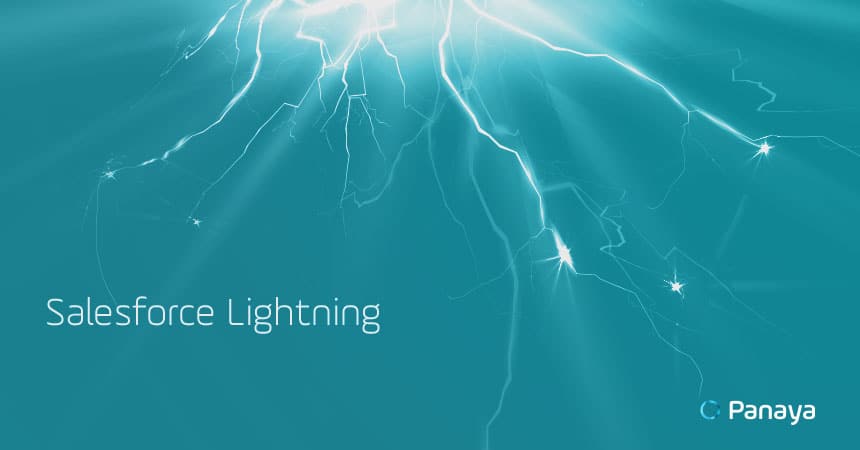Table of Content
Earlier this month, we’ve had the pleasure of hosting Eric Dreshfield for a webinar on the very hot topic of switching to Salesforce Lightning. Eric is a Salesforce MVP and amongst other things, the guy who started Midwest Dreamin’ all the way back in 2011.
How Ready Are You? Benchmark Yourself
Before giving you the highlights of Eric’s talk, I’d like to share the result of a quick poll we ran during the webinar. 44% of participants stated they are currently in the discovery mode of Lightning, while 34% are planning to transition in the next six months.
Salesforce Lightning – Does It Do What It Says on the Tin?
As a Salesforce developer or admin, you have probably been bombarded with Lightning messages. Salesforce Lightning promises speed and flexibility, the end of world hunger and paying for your mortgage too. Just kidding, of course, but what does Lightning actually entail? Eric Started his talk by going over some of the most important Lightning terminology. Here’s a taste:
Lightning Experience
A complete overhaul of the Sales and Service user experience
Lightning Knowledge
A Wiki-style editable, sharable knowledge base
Lightning Components
A UI framework for developing web apps
Lightning App Builder
A point-and-click tool for creating custom mobile pages
Lightning Bolts
Specific industry solutions. Healthcare, Retail, Manufacturing, Financial Services…
Lightning Design System
A CSS framework for building style-compatible applications
Lightning Is Coming, Ready or Not
So why switch to Salesforce Lightning? According to Eric, the rationale is clear. Newest features like access to Einstein analytics, the Kanban and Sales Path view are being released ONLY in Lightning. Lightning also includes enhanced security, featuring the Locker service, which isolates Lightning components so they can’t interact with each other directly, except through the tools provided within the framework.
Finally, Eric reminds us that the support for Classic will eventually end. In fact, Salesforce has recently announced that in about 10 months Lightning is going to be automatically on for users.
Get Ready for Salesforce Lightning: How To (In 5 Steps)
Change is always daunting and the switch over to Salesforce Lightning isn’t a simple one. It requires careful planning, good teamwork and coordinated efforts from a lot of people. Here are some useful tips:
1. Build a roadmap
Identify the functionality that will be mostly affected. For example, will it be your lead management process that is going to change most, you order management, product definition of actually customer support?
2. Identify priorities & owners
Once you’ve identified the impacted department, appoint a person to champion the cause for each department, and make sure the transition is properly executed. Ideally, build an A-Team of stakeholders and also identify an executive sponsor. Enthusiasm has a trickle-down effect, and as team members fear the unfamiliar, they will be reassured when managers are psyched up for it. Get stakeholders involved from the get-go by having them own parts of the process. Hold regular update meetings with key users.
3. Create an action plan including timeline
Your action plan should be priorities-based. Start with the features that are a ‘must-have’ for your organization and continue with the ‘nice-to-haves.
4. Measure Success by Increased efficiency
A new implementation is not an obvious one to measure. ROI metrics will require time to realize, but efficiency and an improved UX are quicker wins. Look at metrics such as fewer clicks, more visibility and increased customer satisfaction.
5. Check your Readiness
Check your readiness in terms of functionality and deadlines, against your roadmap. Get your key users to test, test, test everything in Sandbox first.
What Else Can You Do to Prepare?
These 5 tips are the tip of the iceberg, of course. We recommend watching the full webinar, of course and if this isn’t enough, more learning awaits at Trailhead and Salesforce community events. Remember that even once Salesforce Lightning is turned on in production, with Panaya ForeSight for Salesforce.com you can always revisit, re-evaluate and adjust as needed. After all, that is the beauty of Salesforce.

